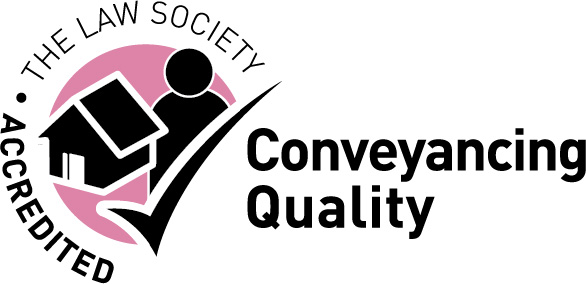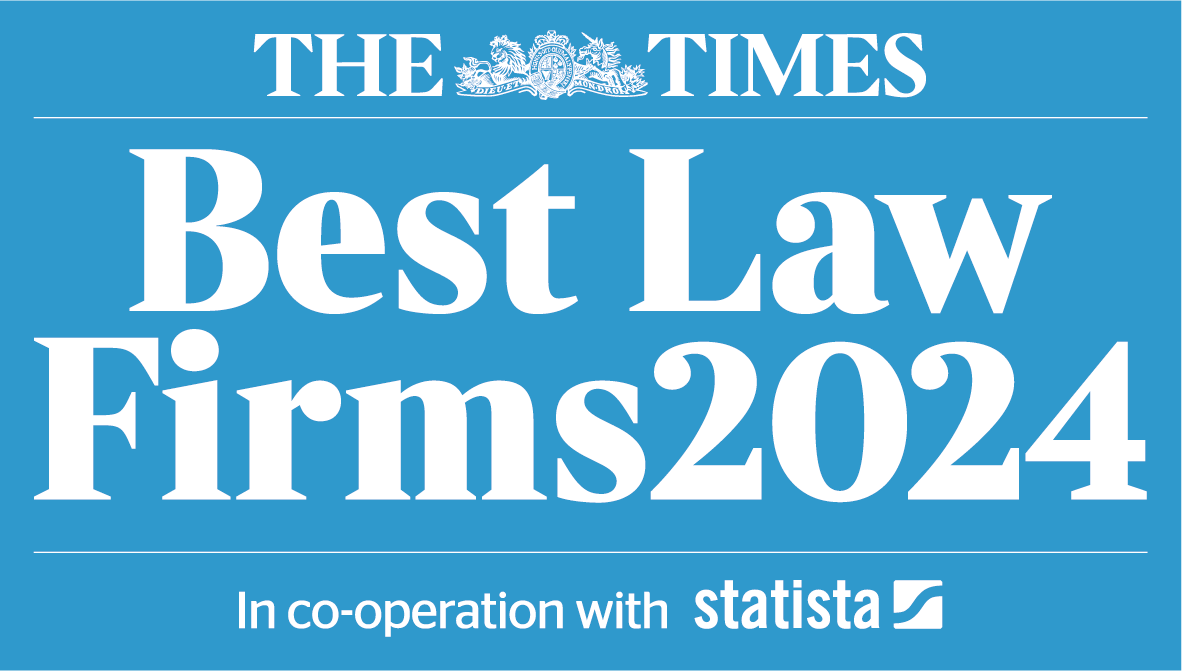In many ways it is hoped, even expected, that ‘the law’ generally reflects society’s moral view about what is right, wrong and fair. For example, as family roles and dynamics changed in the '60s, '70's and beyond, so did the statute and case law. Gone are the days of, stereo-typically, wives receiving little to no capital, income or pension provision upon divorce. It is now trite law that non-financial contributions (including looking after the home and children) are every bit as valuable and important as financial contributions (e.g. paid work).
In the first instance, then, how might the 'average' person expect an interest in a family company established long before a marriage to be dealt with upon divorce or the dissolution of civil partnership? Easy - it should just stay with the spouse who brought it to the relationship shouldn't it? How would the answer to that question change if the business interest was very valuable though, perhaps the most valuable asset in the matter? Or if both parties had worked within the company? Or if the parties had children who might expect to continue the business in the future? Or if there were also third party co-owners or investors? Or, or, or… suddenly it is easy to see how complex an issue this can be.
A High Court case decided at the end of 2021 provides a timely reminder that business owners need joined up advice from corporate and family lawyers when dealing with these assets. The case concerned the marriage and divorce of Mr and Mrs L. Mr L's father established a business well before he and Mrs L met. By the time they started living together Mr L was working and had an interest in the business. The business thrived, and it yielded significant dividends which Mr L used to financially support him, Mrs L and their children.
When the family court is dealing with assets of this nature, the starting point is often to try to quantify the value of the business interest at the beginning of the relevant relationship. Different valuation methods lead to different outcomes – for example, a person in Mrs L's position may say there should be simple valuation of the shares whereas the other party might argue that any such valuation should be increased or tweaked to ensure it adequately and fairly reflected the passive growth and latent potential within the company. Very often, the family court will credit at least some of the value of the business to the party who effectively brought it to the relationship, before then sharing (equally or otherwise) the balance between both.
That's not quite what happened in the case of L v L, though. A few years before the divorce Mr L decided to restructure ownership of the business to minimise potential inheritance tax liability and to preserve wealth for him, Mrs L and their children. In this case, it seems the restructure significantly changed the outcome in the divorce matter.
Prior to making changes, Mr L's interest in the family business was held in his sole name. He changed this by fixing his interest in the business at a level he was certain would provide for his and Mrs L's financial needs for the rest of their lives. He then transferred the interest from his sole name to his and Mrs L's joint names so that (with our emphasis) they owned it equally. The 'rest' of his interest, being the shares which would benefit from future growth and success of the business, was then transferred to the couple's three children.
So, the restructure changed how the company was owned and provided certainty that less inheritance tax would be due in the future. The impact of the restructure also, however, meant that Mr L's remaining interest in the business was no longer in his sole name but instead, joint names of him and Mrs L. Family lawyers might describe this change as mixing, merging or mingling of assets. Whatever the label, the change later signified to the family court that Mr L impliedly accepted his remaining interest in the business was a joint asset to be treated as such in the divorce. Had Mr L remained the sole owner of his business interest, the financial outcome of the divorce might have been very different.
The year after the restructure was complete, the marriage sadly ended and the family court came to consider how their various financial assets should be distributed. The judge took the view that the particular (and unusual) way in which Mr L had stripped out a fixed amount for his and Mrs L’s joint benefit, leaving the active profit-generating part of the business to the children effectively enabled the dynastic nature of the business to survive. The judge decided there was no reason to further recognise the source of the asset, or make orders in Mr L’s favour in this regard. Importantly, the judge said “It would have been open to Mr L to fix the amount of wealth in the ownership of himself and his wife in something other than equal shares had he thought that was fair. He did not”.
The facts and circumstances of all cases are, of course, unique. However, L v L exemplifies the need to consider more than just company law when dealing with business assets.



